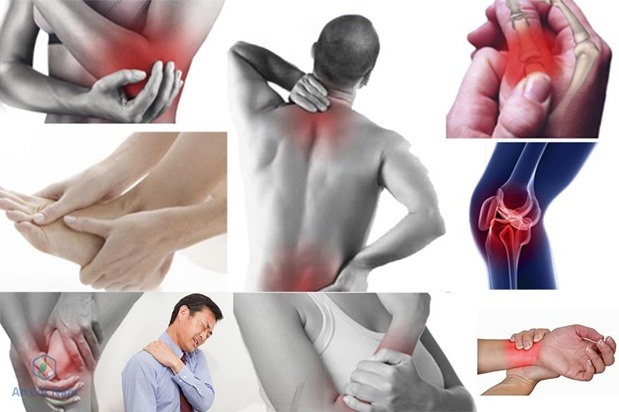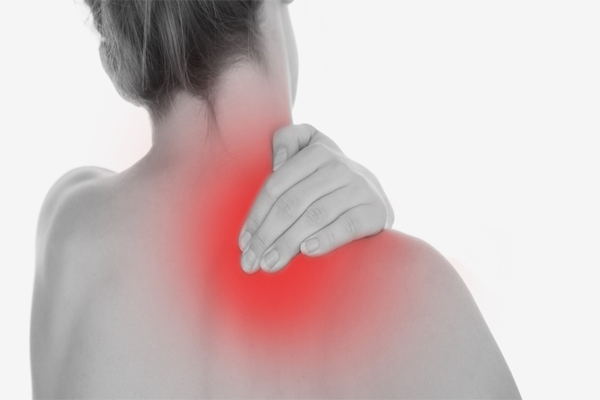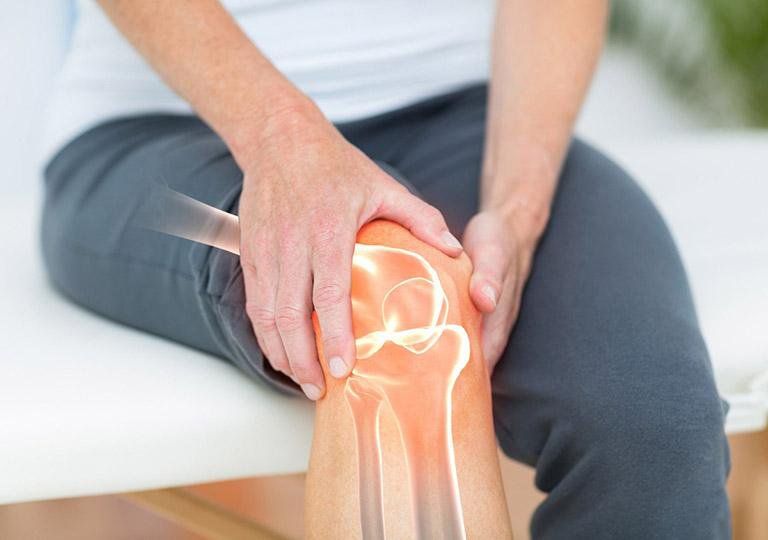Blog
Muscle & Joint: A Comprehensive Guide to Understanding and Managing Pain for Filipinos
Contents
- 1 What Causes Muscle & Joint Pain?
- 2 Symptoms of Muscle & Joint Pain
- 3 Effective Ways to Manage Muscle & Joint Pain
- 4 Top Foods for Muscle & Joint Health
- 5 Precautionary Measures to Prevent Muscle & Joint Pain
- 6 Home Remedies for Managing Pain
- 7 Medical Treatments for Severe Cases
- 8 Choosing the Right Product for Joint Health
Muscle and joint pain can significantly impact daily life, affecting physical abilities, productivity, and overall well-being. This guide will discuss common causes of muscle and joint pain, explore practical strategies for relief, and offer tips for preventing discomfort. Tailored specifically for Filipinos, we’ll also look into some unique lifestyle considerations that may contribute to or alleviate pain.
What Causes Muscle & Joint Pain?
Several factors contribute to muscle and joint pain, including lifestyle habits, injuries, age-related wear and tear, and underlying health conditions.
- Injuries and Overuse
Injuries from sports or daily activities can cause acute pain and discomfort, especially in active individuals. Repeated use of specific muscle groups, often due to work demands or exercise, can lead to muscle strain and joint stress. - Poor Posture
Many Filipinos spend long hours sitting at desks, whether in office jobs or remote work setups. Poor posture can cause chronic strain on the neck, shoulders, and back, leading to muscle and joint discomfort over time. - Aging and Arthritis
As we age, our bones and joints naturally wear down, increasing the risk of arthritis. Osteoarthritis, a common condition among Filipinos, causes inflammation, pain, and stiffness in the joints, limiting mobility. - Sedentary Lifestyle
Sedentary habits and limited exercise can weaken muscles and lead to weight gain, which increases strain on joints, especially in the knees, hips, and spine. - Underlying Medical Conditions
Conditions such as gout, rheumatoid arthritis, and lupus are known to cause joint pain, often resulting in swelling and tenderness.
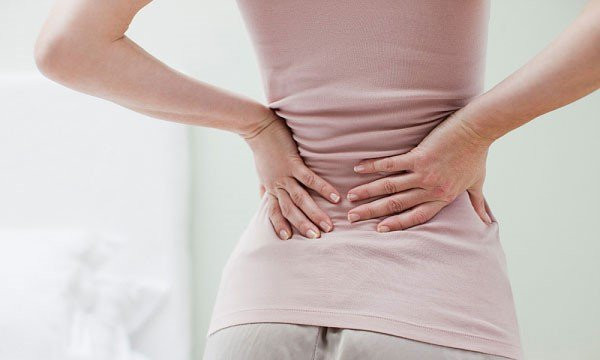
Symptoms of Muscle & Joint Pain
The symptoms of muscle and joint pain vary widely, depending on the cause and location of the discomfort:
- Aching Muscles and Joints
Generalized aching in muscles or joints can indicate overuse, aging, or arthritis. - Swelling and Inflammation
Swelling around the joints, especially if warm to the touch, may signal inflammation, often associated with arthritis. - Limited Range of Motion
Difficulty moving a joint freely may indicate stiffness due to injury, arthritis, or muscular tension. - Fatigue and Weakness
Feeling physically weak, especially in the affected area, can be a sign of muscle strain or injury.
Effective Ways to Manage Muscle & Joint Pain
Dealing with muscle and joint pain requires a holistic approach, combining lifestyle adjustments, physical therapies, and sometimes medication.
1. Regular Exercise
Gentle exercises like walking, swimming, and biking can help improve joint flexibility and muscle strength. For those with joint issues, low-impact activities reduce stress on the joints, while strengthening muscles that support joint stability. Stretching and flexibility exercises are essential for relieving muscle tightness, improving blood circulation, and maintaining range of motion.
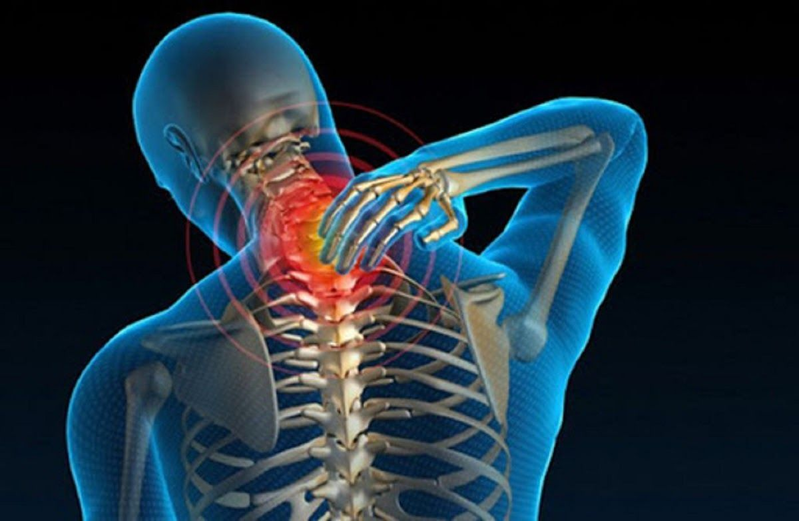
2. Maintain a Healthy Weight
Excess weight puts added stress on joints, particularly in the knees, hips, and lower back. Maintaining a healthy weight through a balanced diet and regular exercise can relieve some pressure on these joints, reducing pain and improving overall joint health.
3. Improve Posture
Good posture habits can prevent long-term muscle strain and joint discomfort, particularly in the back, neck, and shoulders. When sitting or standing, ensure your back is straight, shoulders are relaxed, and feet are firmly grounded. Adjusting workstations to maintain ergonomic posture can also prevent tension from accumulating.
4. Physical Therapy
Physical therapy is an effective solution for managing muscle and joint pain, especially if the discomfort results from an injury or medical condition. Physical therapists provide customized exercises to improve strength, flexibility, and posture. Massage therapy may also help by relaxing tense muscles and reducing inflammation.
5. Use Hot and Cold Compresses
Applying a hot compress to sore muscles can increase blood flow and relax tight areas, reducing pain. Cold compresses are best for swollen joints, as they reduce inflammation and numb the area, providing temporary relief. Alternating between hot and cold compresses may offer comprehensive relief.
6. Dietary Supplements for Joint Health
Certain supplements are known to benefit joint health, including glucosamine, chondroitin, and MSM (Methylsulfonylmethane), which may reduce inflammation and support cartilage. Calcium and vitamin D also play a vital role in bone health, preventing joint issues related to weak bones.
Top Foods for Muscle & Joint Health
A balanced diet can reduce inflammation and promote joint health. Here are some beneficial foods to include:
- Leafy Greens: Spinach, kale, and other leafy greens are high in antioxidants and essential vitamins that combat inflammation.
- Fatty Fish: Rich in omega-3 fatty acids, salmon, sardines, and mackerel can reduce inflammation, alleviating joint pain.
- Nuts and Seeds: Almonds, walnuts, and chia seeds are nutrient-dense, offering essential fats that benefit joint health.
- Turmeric and Ginger: Known for their anti-inflammatory properties, these spices can be incorporated into meals or taken as supplements.
- Whole Grains: Whole grains like oats, quinoa, and brown rice provide fiber and nutrients that reduce inflammation.
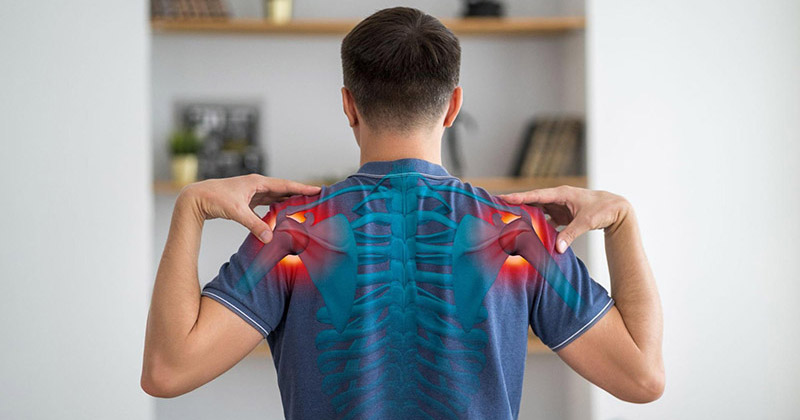
Precautionary Measures to Prevent Muscle & Joint Pain
Preventive steps can make a significant difference in reducing the frequency and severity of muscle and joint pain.
1. Stay Physically Active
Engaging in regular physical activity helps maintain joint flexibility and prevents muscle stiffness. It also supports overall cardiovascular health, contributing to pain-free joints.
2. Pay Attention to Pain
Avoid “pushing through” pain, as this can worsen injuries or strain. Rest and seek medical advice if pain persists, as early intervention can prevent further complications.
3. Wear Supportive Footwear
Wearing proper footwear that offers support can prevent back and knee pain by aligning the body correctly. High heels and unsupportive shoes are common contributors to joint pain.
4. Prioritize Sleep
Getting enough quality sleep is essential for muscle recovery and joint health. Aim for 7-9 hours per night to give your body the time it needs to repair tissues and replenish energy.
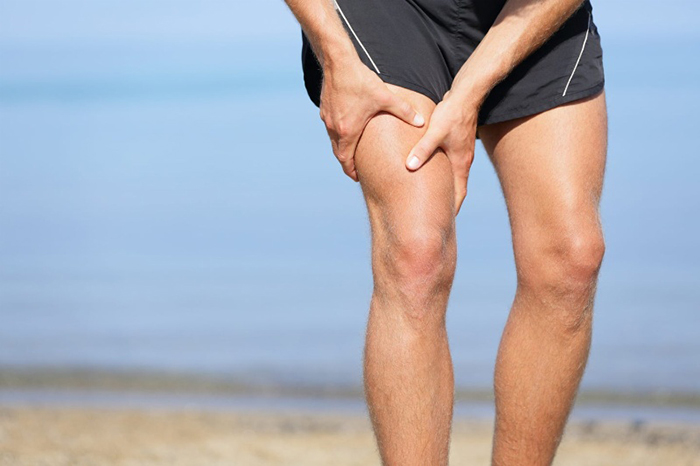
Home Remedies for Managing Pain
For those experiencing mild muscle and joint pain, several natural remedies can provide relief.
- Epsom Salt Bath
Epsom salt baths are effective for muscle relaxation and pain relief. Magnesium in Epsom salt absorbs through the skin, reducing inflammation and easing tension. - Ginger Tea
Ginger has anti-inflammatory properties that can help reduce joint pain. Consuming ginger tea or adding ginger to meals may provide relief. - Olive Oil Massage
Massaging joints with olive oil can reduce stiffness and improve blood circulation, offering temporary relief from pain.
Medical Treatments for Severe Cases
For chronic muscle and joint pain, especially due to conditions like arthritis, medical intervention may be necessary. Consult with a healthcare provider to explore treatments such as:
- Nonsteroidal Anti-Inflammatory Drugs (NSAIDs)
Over-the-counter NSAIDs, such as ibuprofen, reduce inflammation and alleviate pain. - Steroid Injections
In cases of severe pain, corticosteroid injections can provide significant relief by reducing inflammation directly in the affected joint. - Physical Therapy and Rehabilitation
Physical therapists can help manage chronic pain through specific strengthening exercises and treatments aimed at improving joint function.
Choosing the Right Product for Joint Health
For those dealing with regular muscle and joint pain, choosing the right products can offer support. Look for options specifically formulated to target joint health, such as Ovisure Gold. This plant-based supplement contains essential nutrients known to promote bone and joint health, making it a suitable choice for Filipinos looking for a natural solution. Ovisure Gold’s gentle taste and nutty aroma make it enjoyable and easy to consume daily, contributing to a holistic approach to joint health.
Muscle and joint pain can affect every aspect of life, but with the right knowledge and proactive strategies, managing and even preventing this pain is possible. By incorporating regular exercise, maintaining a healthy weight, practicing good posture, and choosing a nutrient-rich diet, you can keep muscles and joints strong and resilient. For those seeking targeted support, consider options like Ovisure Gold to aid in joint health and overall well-being.
With these tips, Filipinos can continue to enjoy active, pain-free lifestyles well into their later years.



